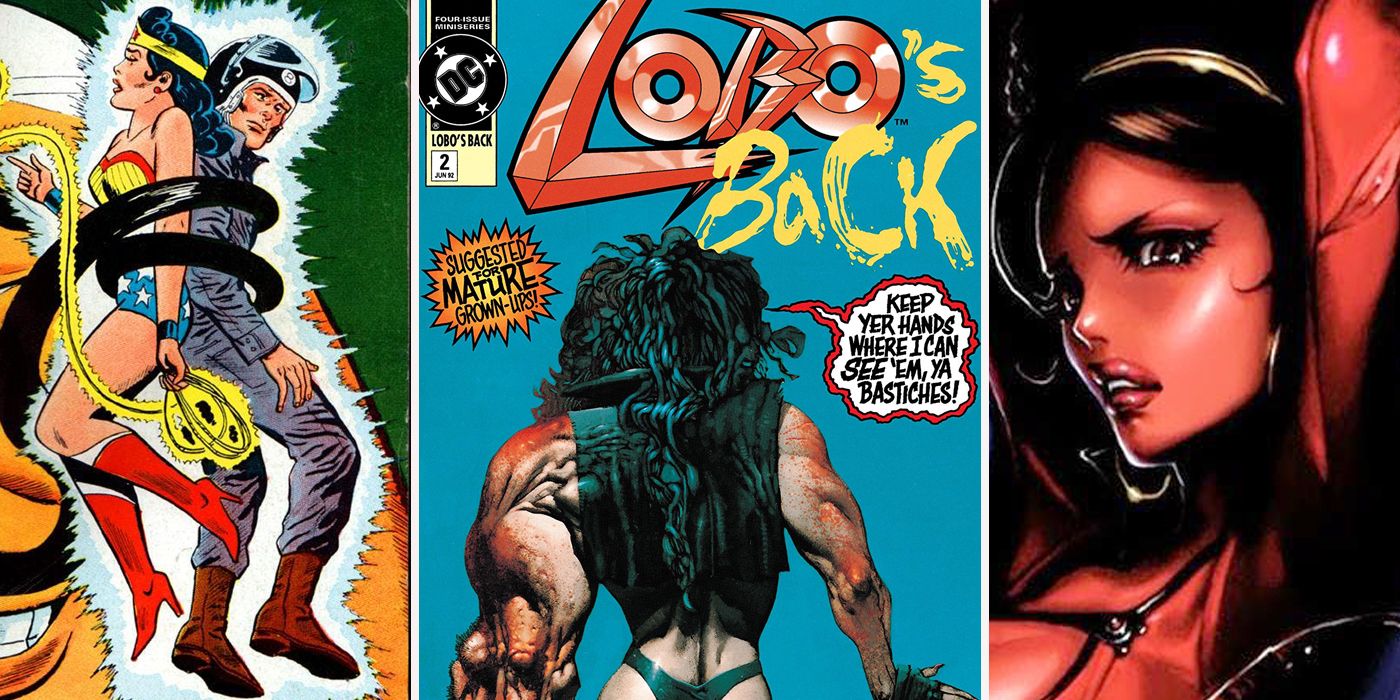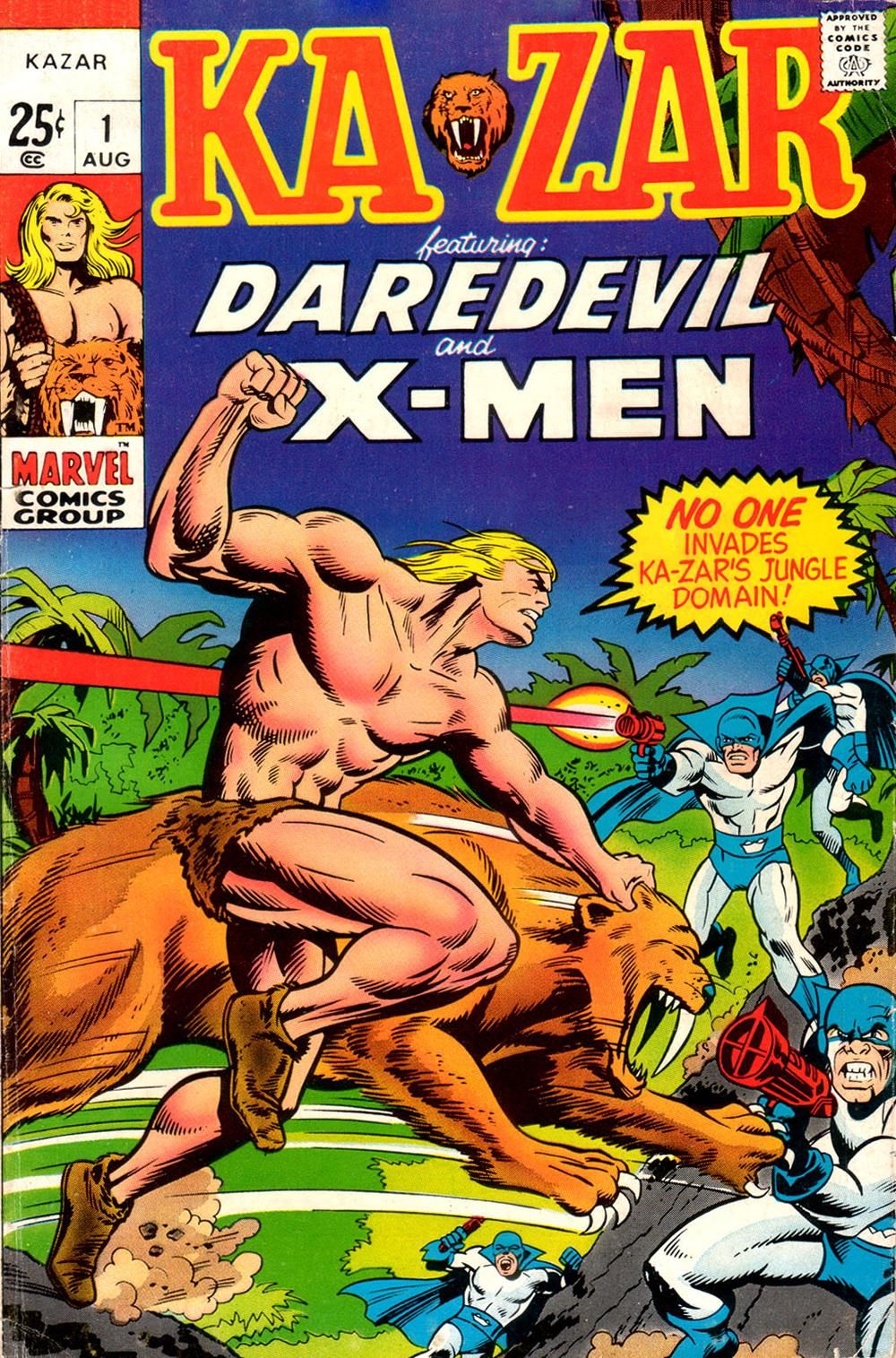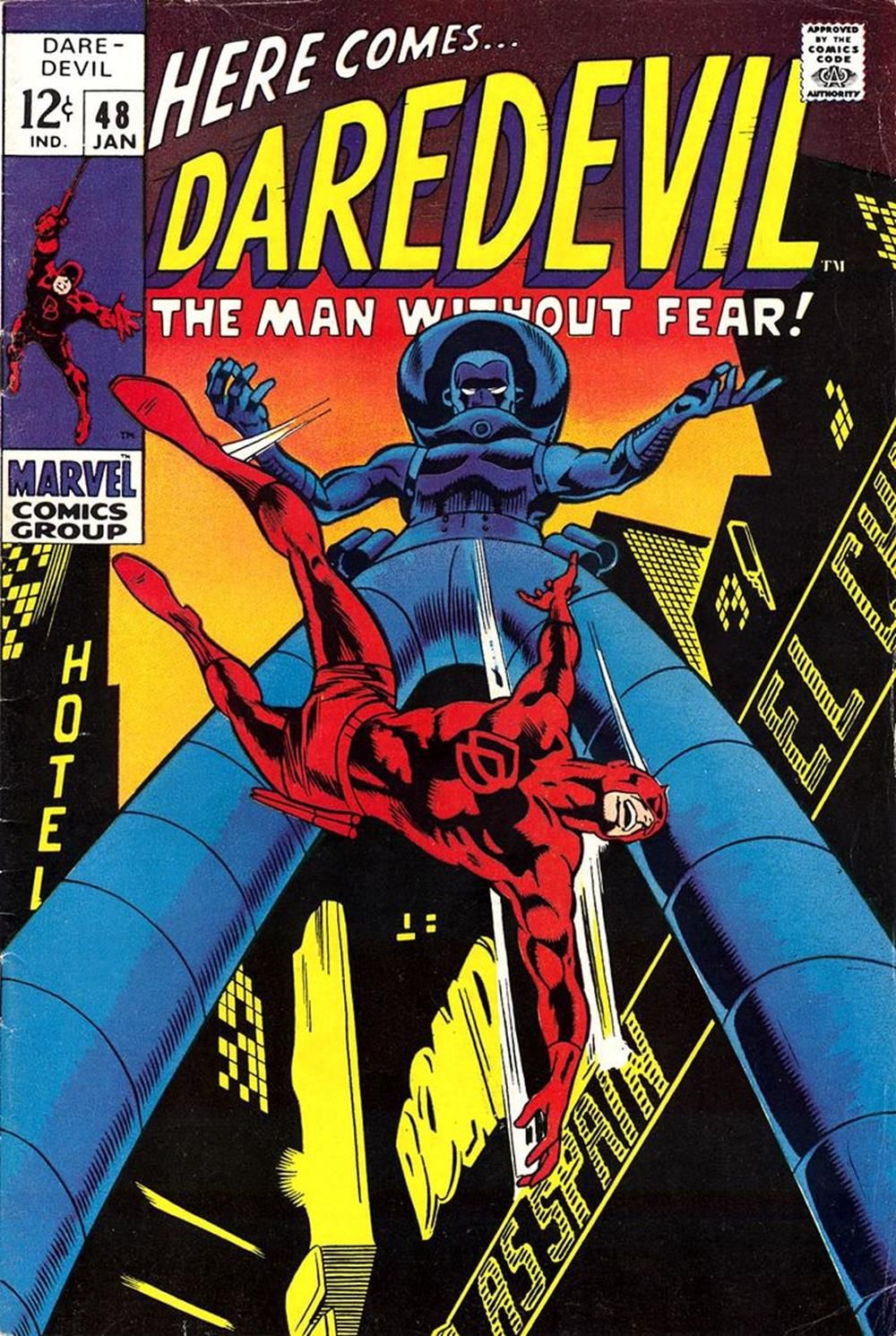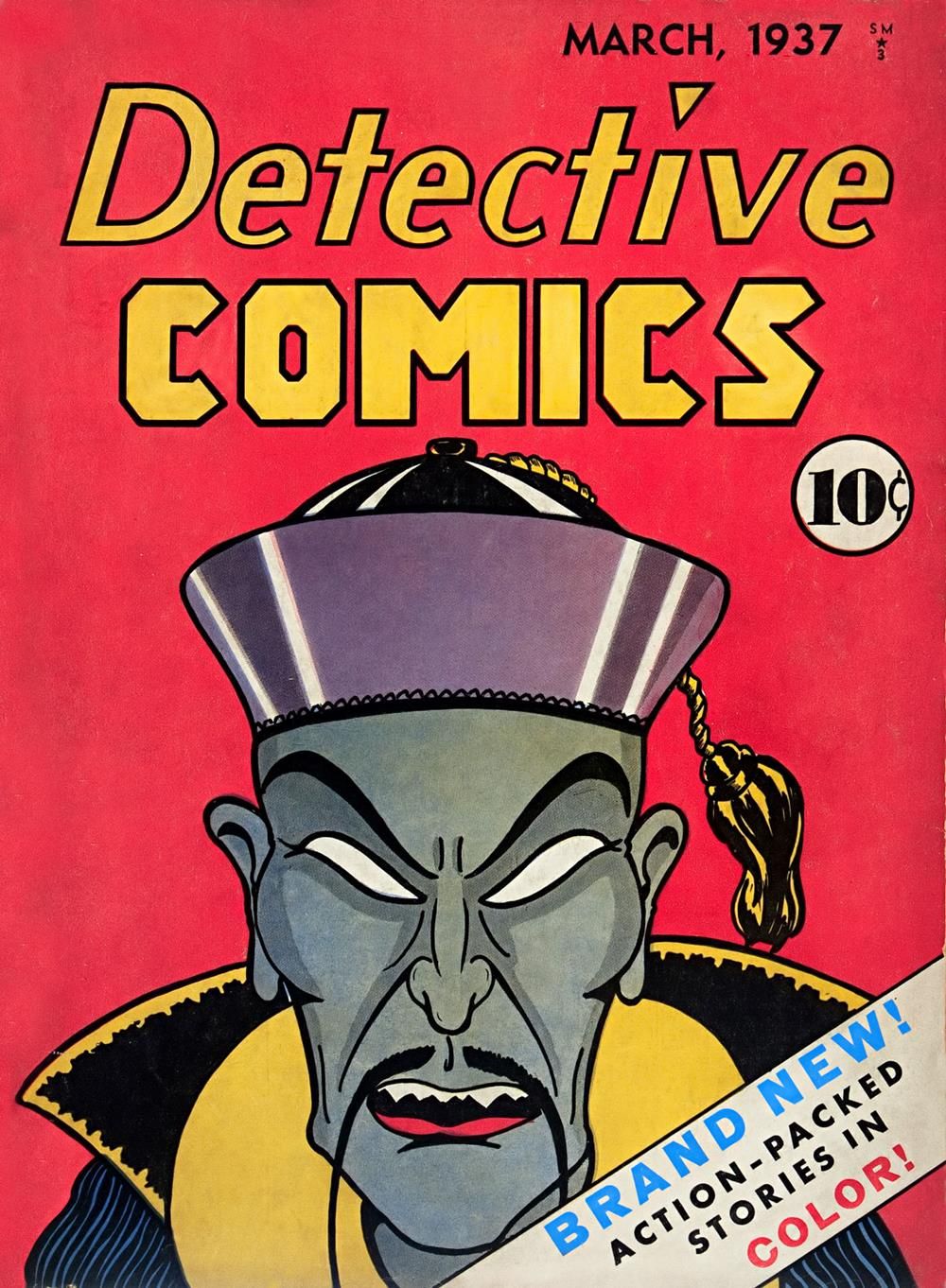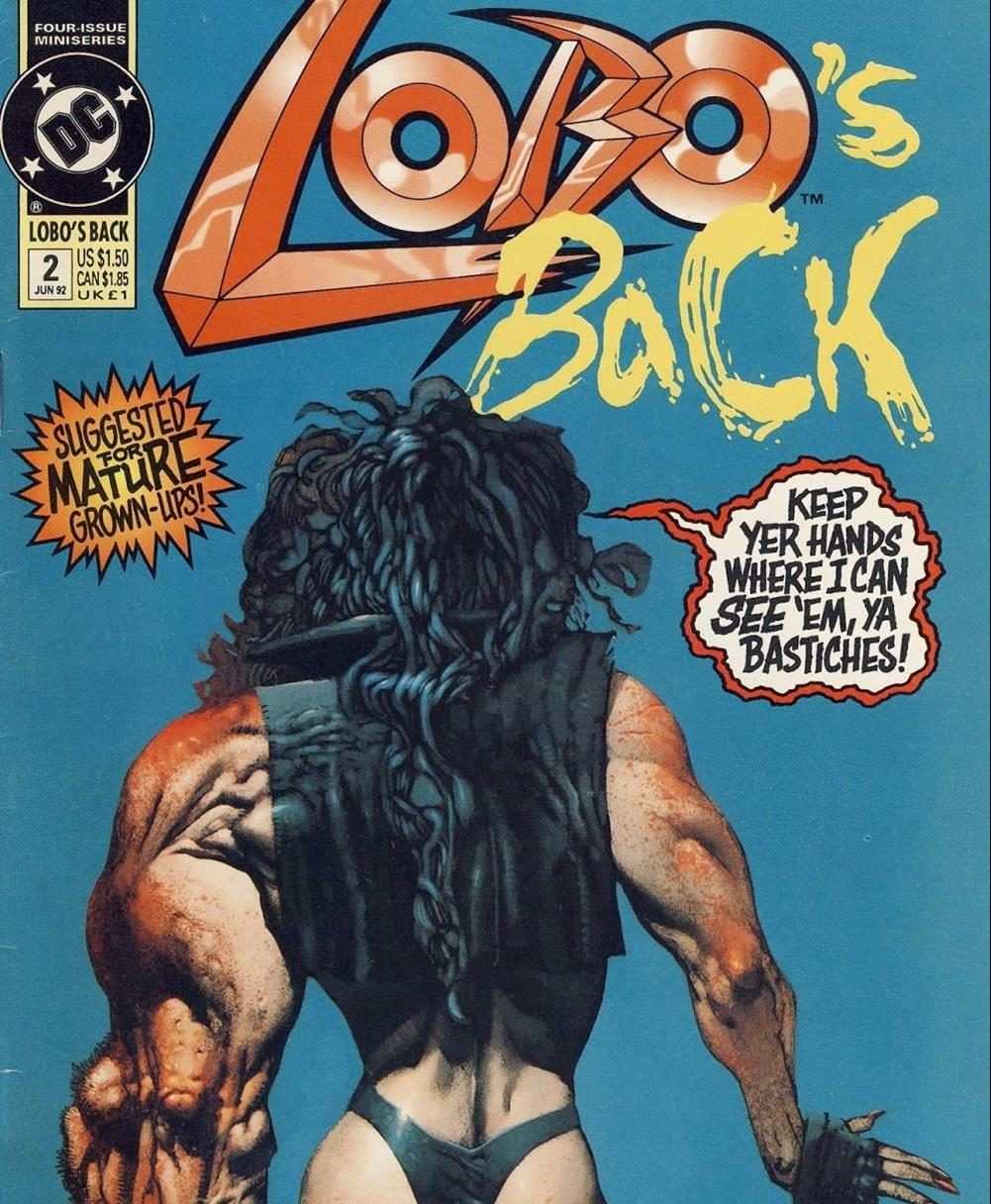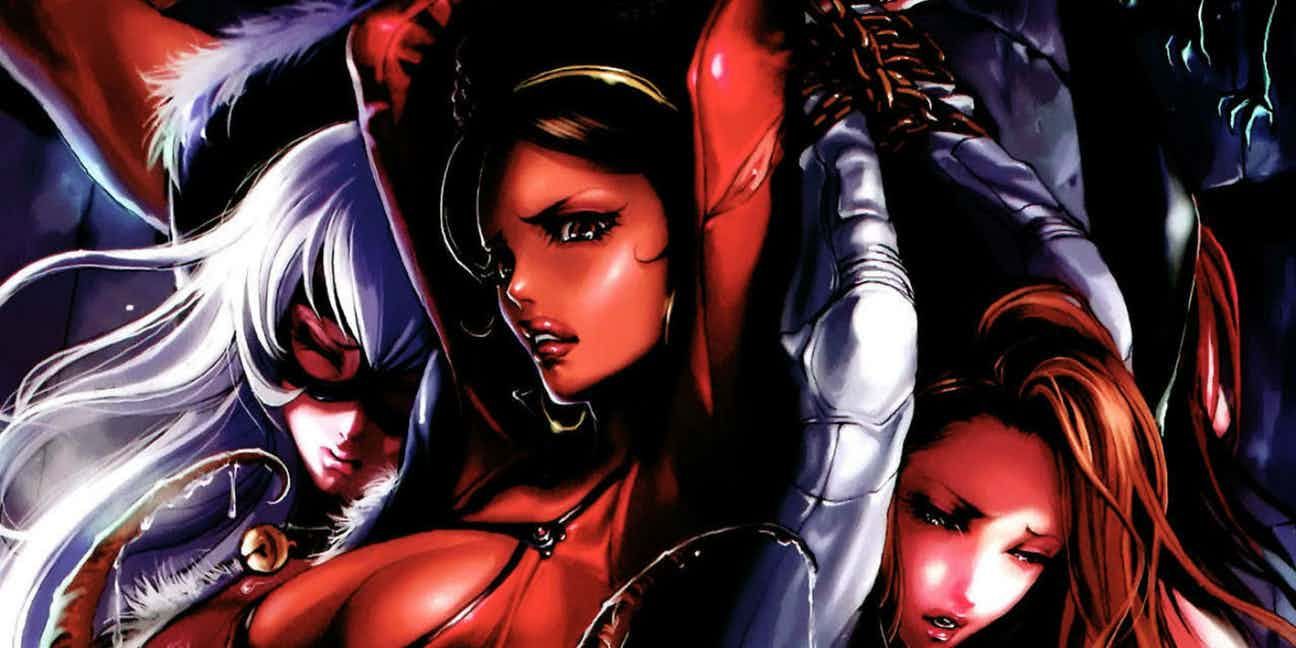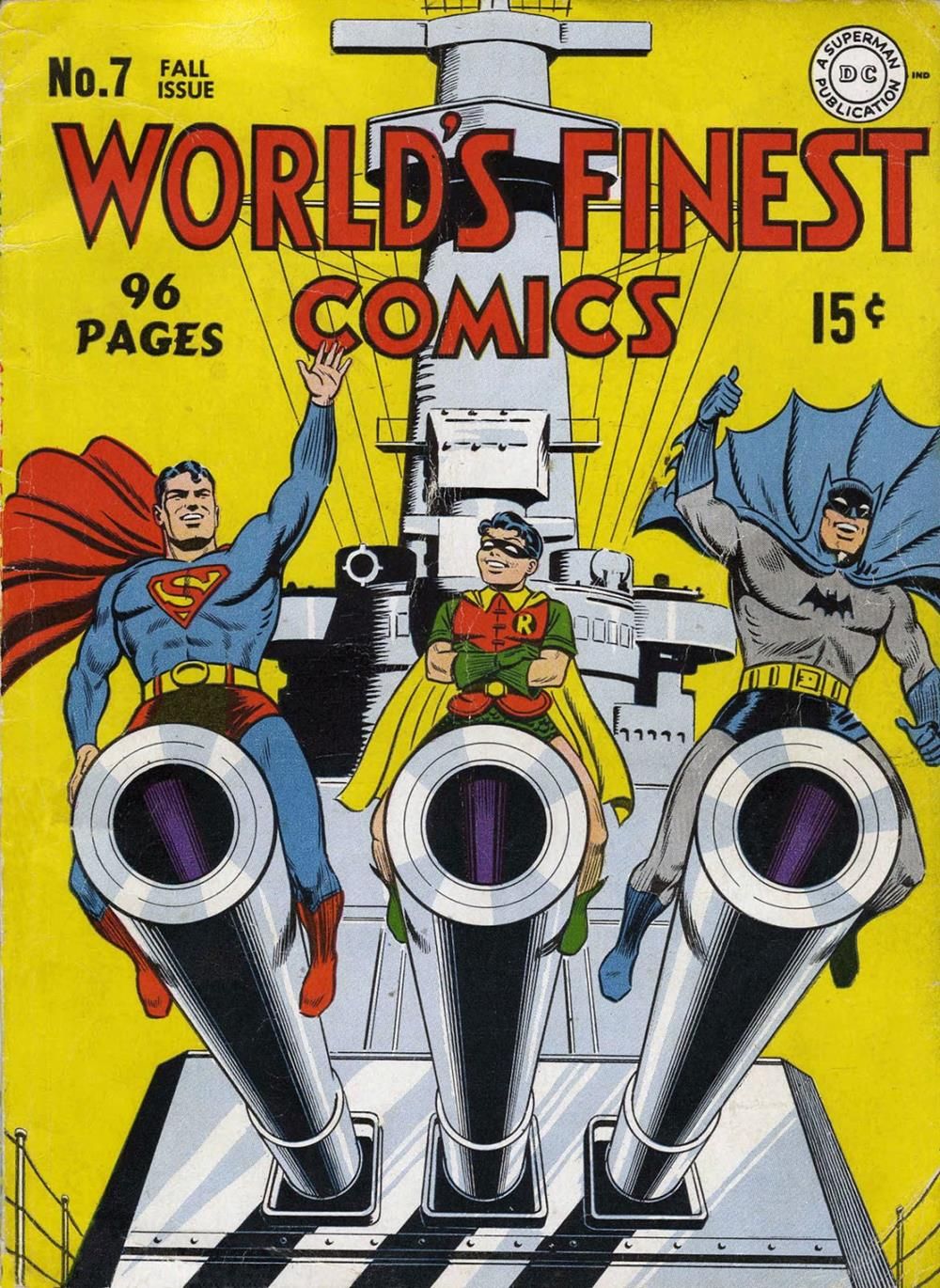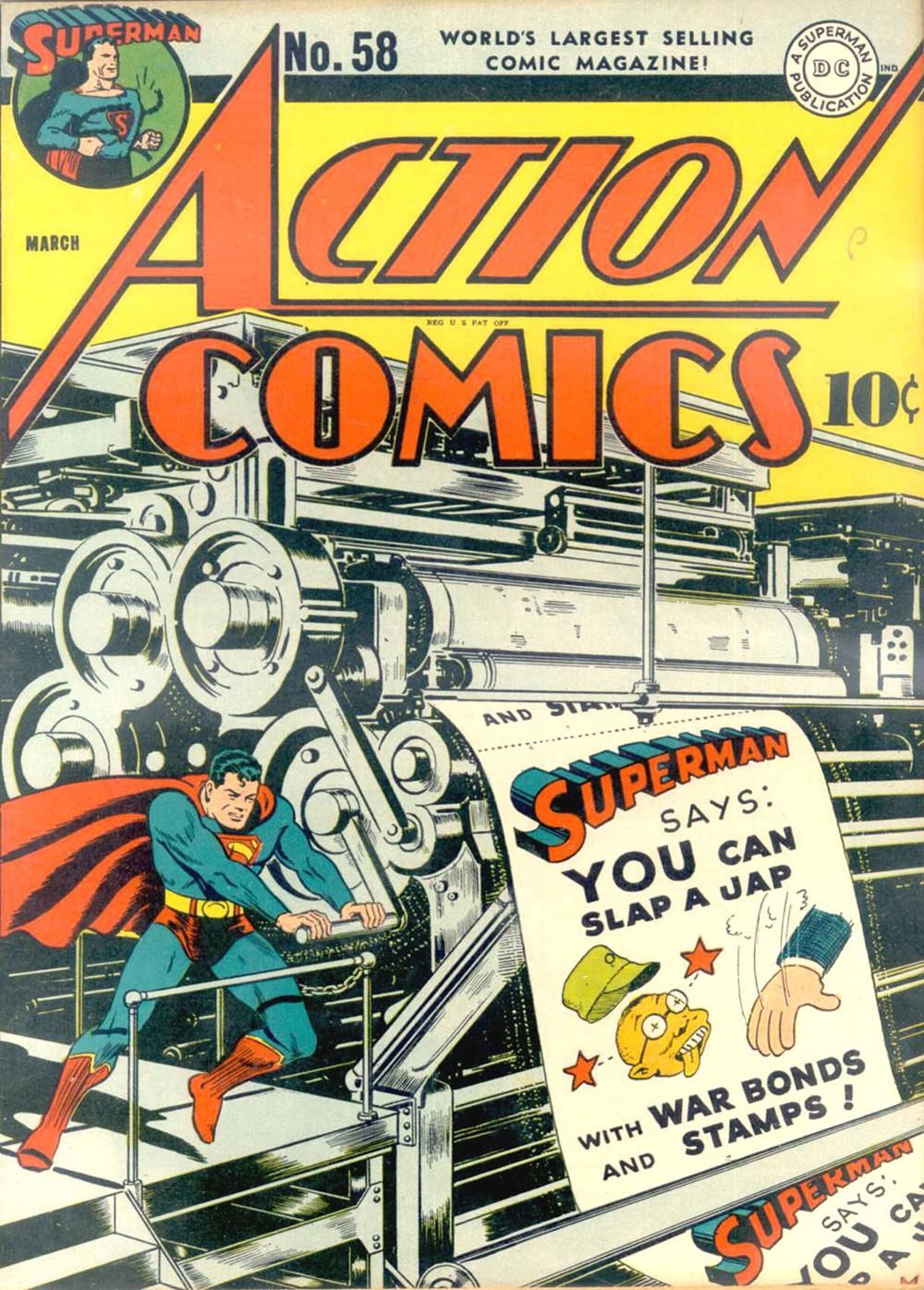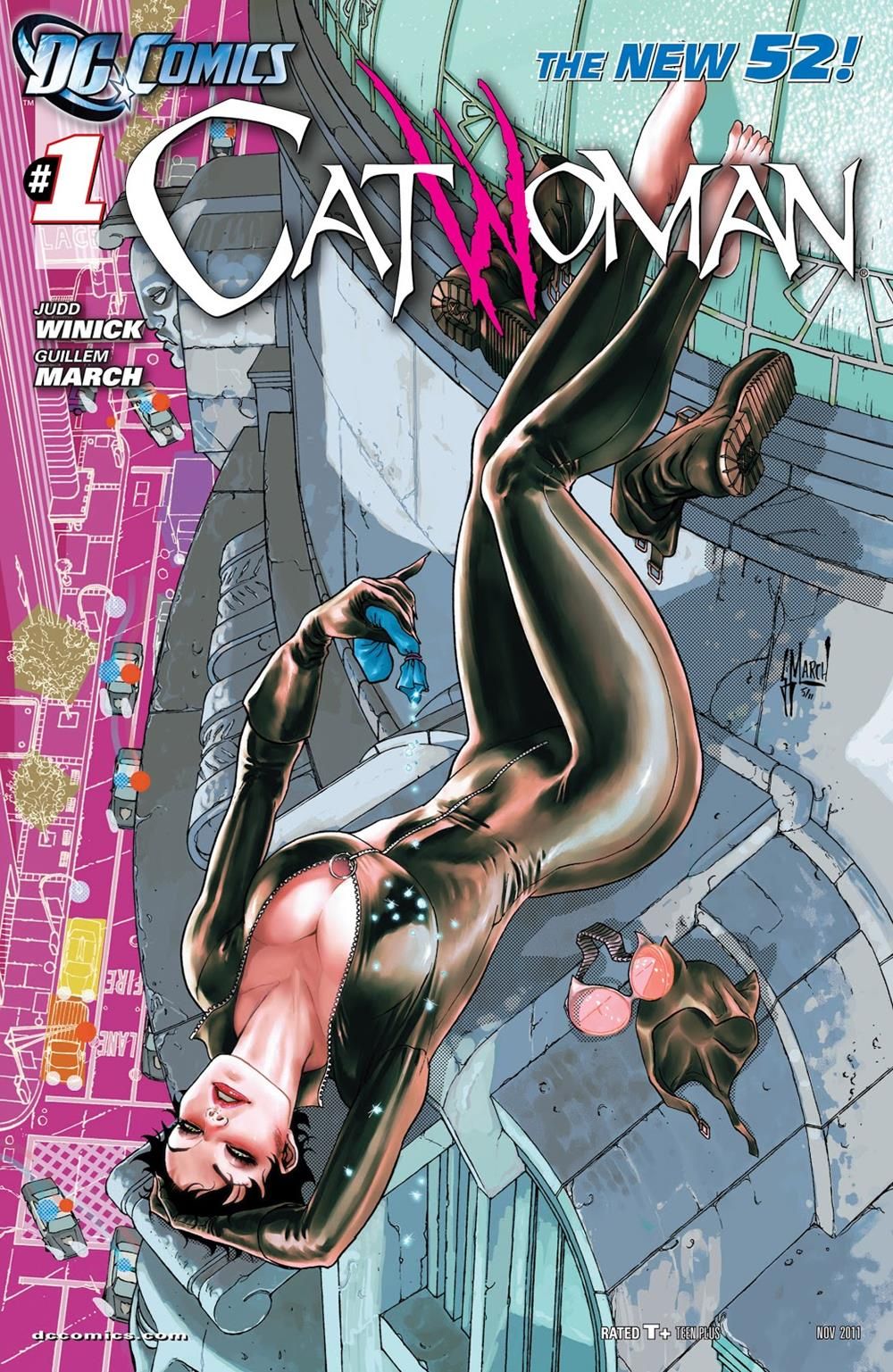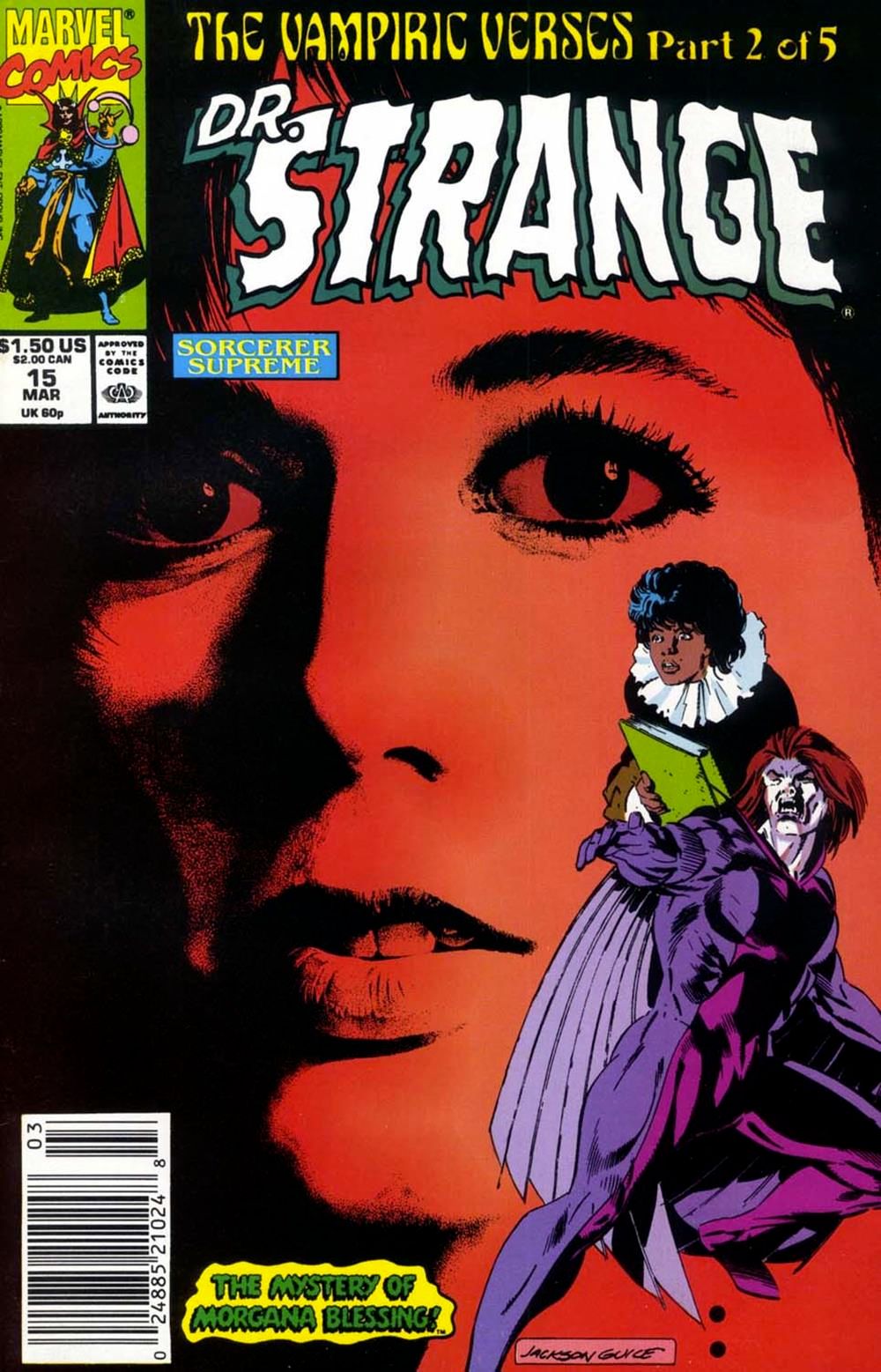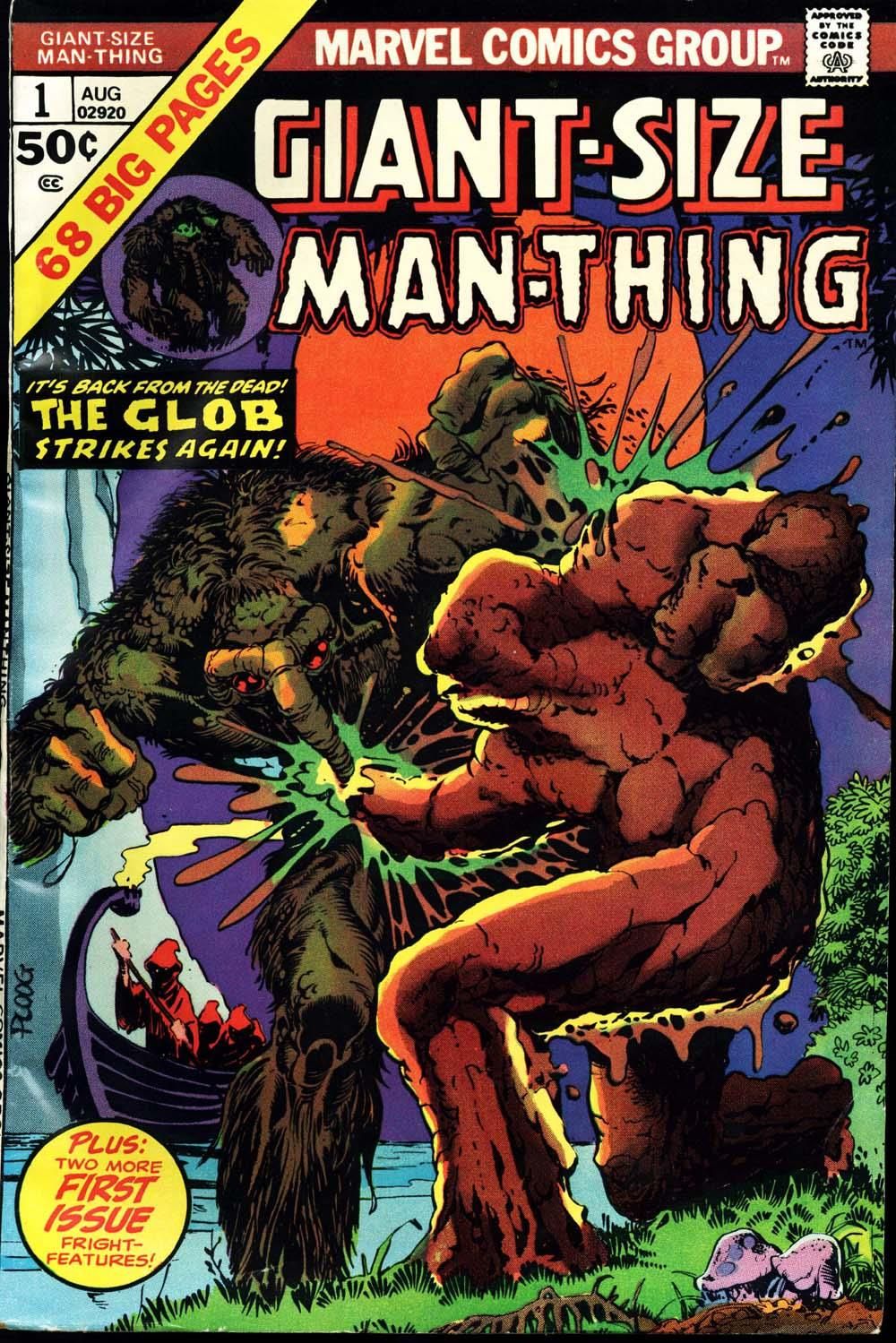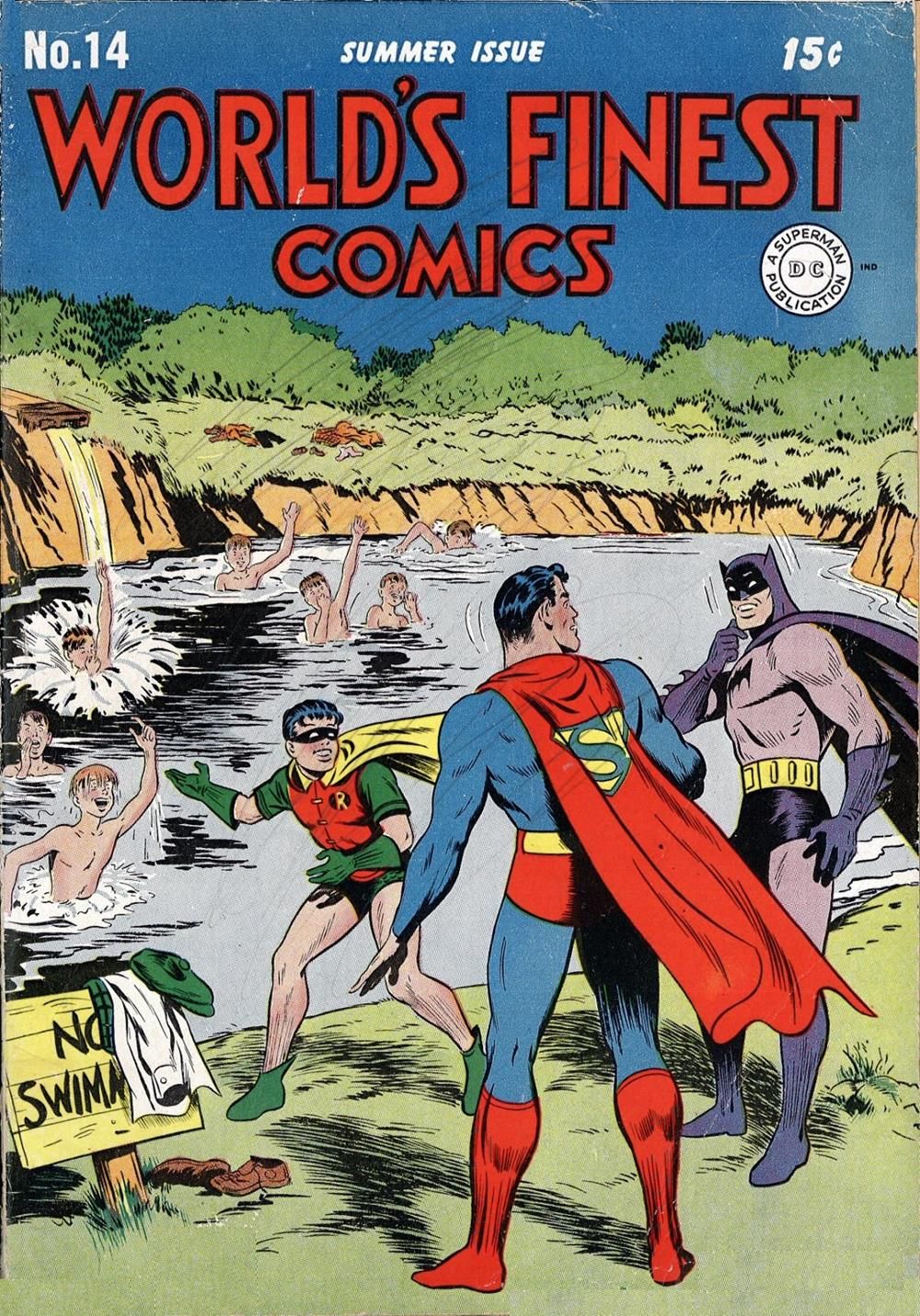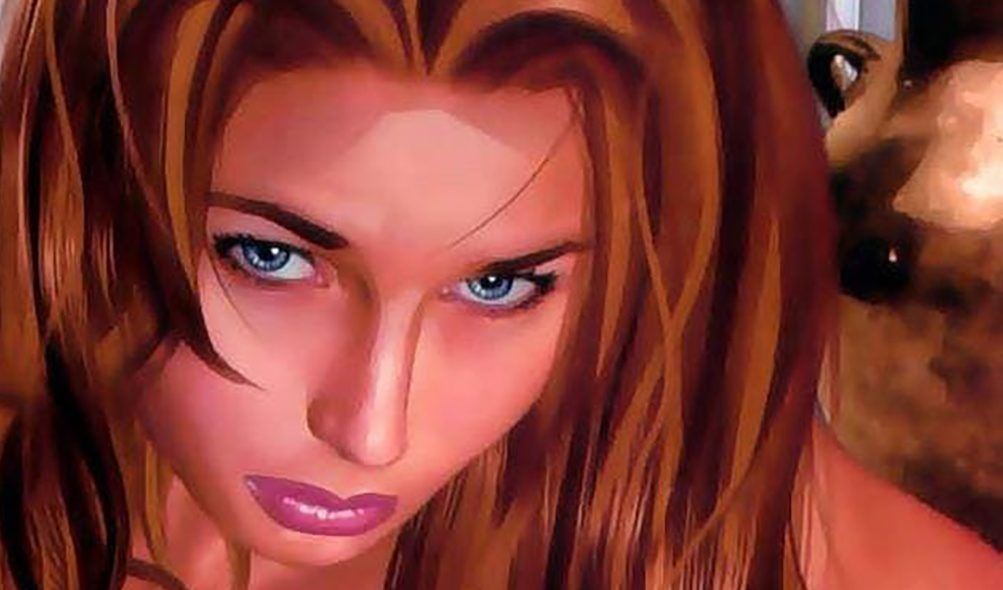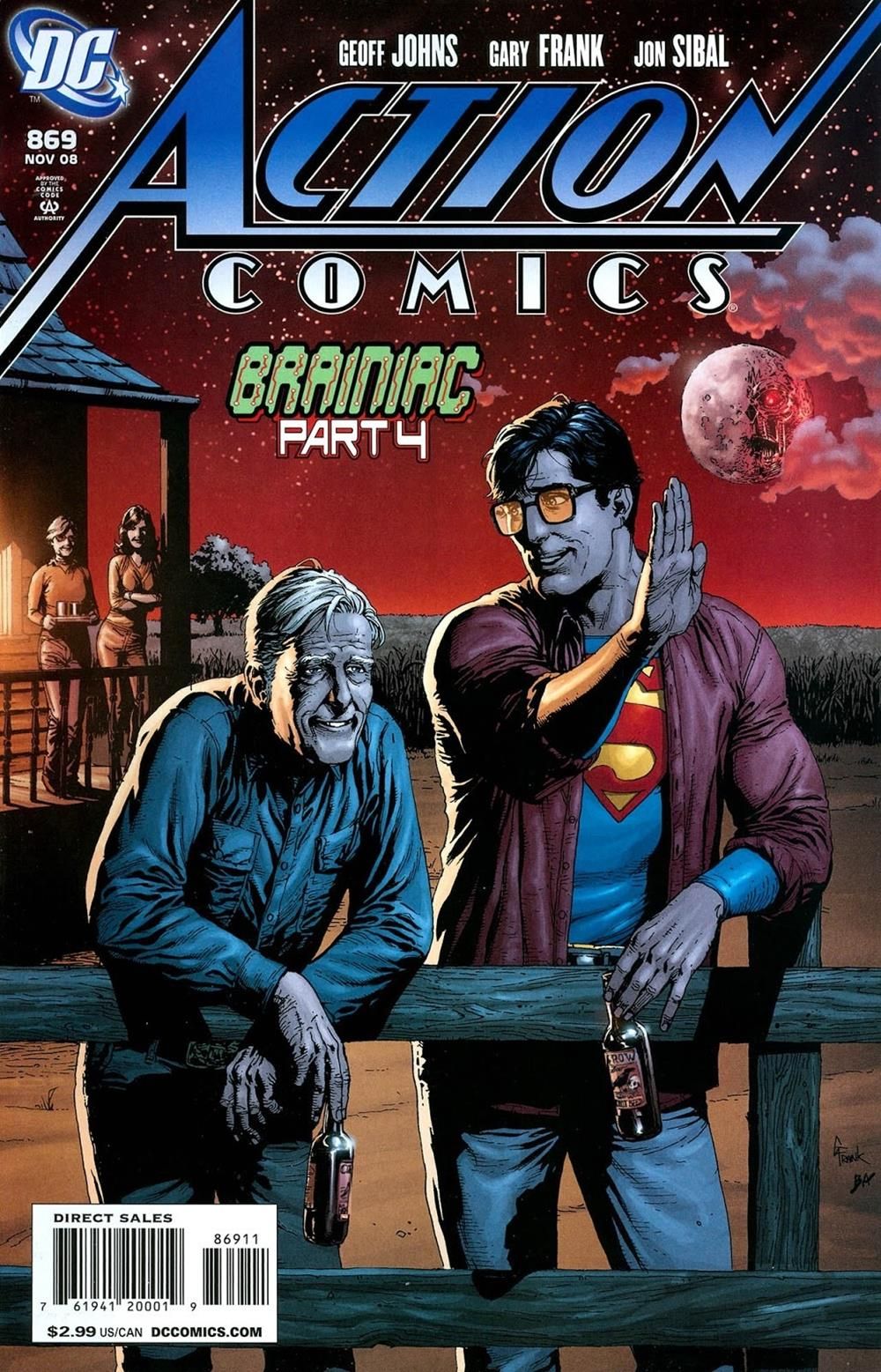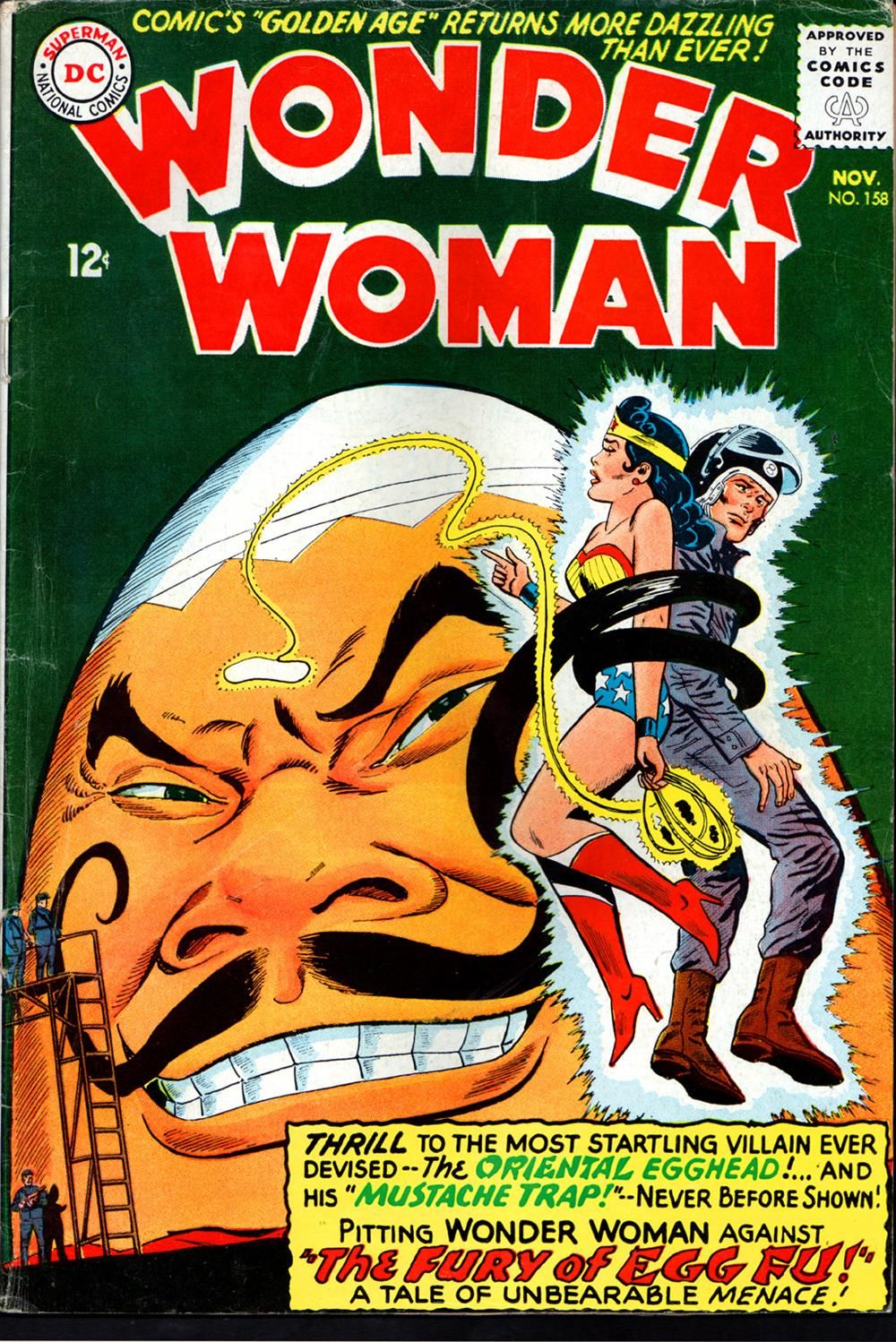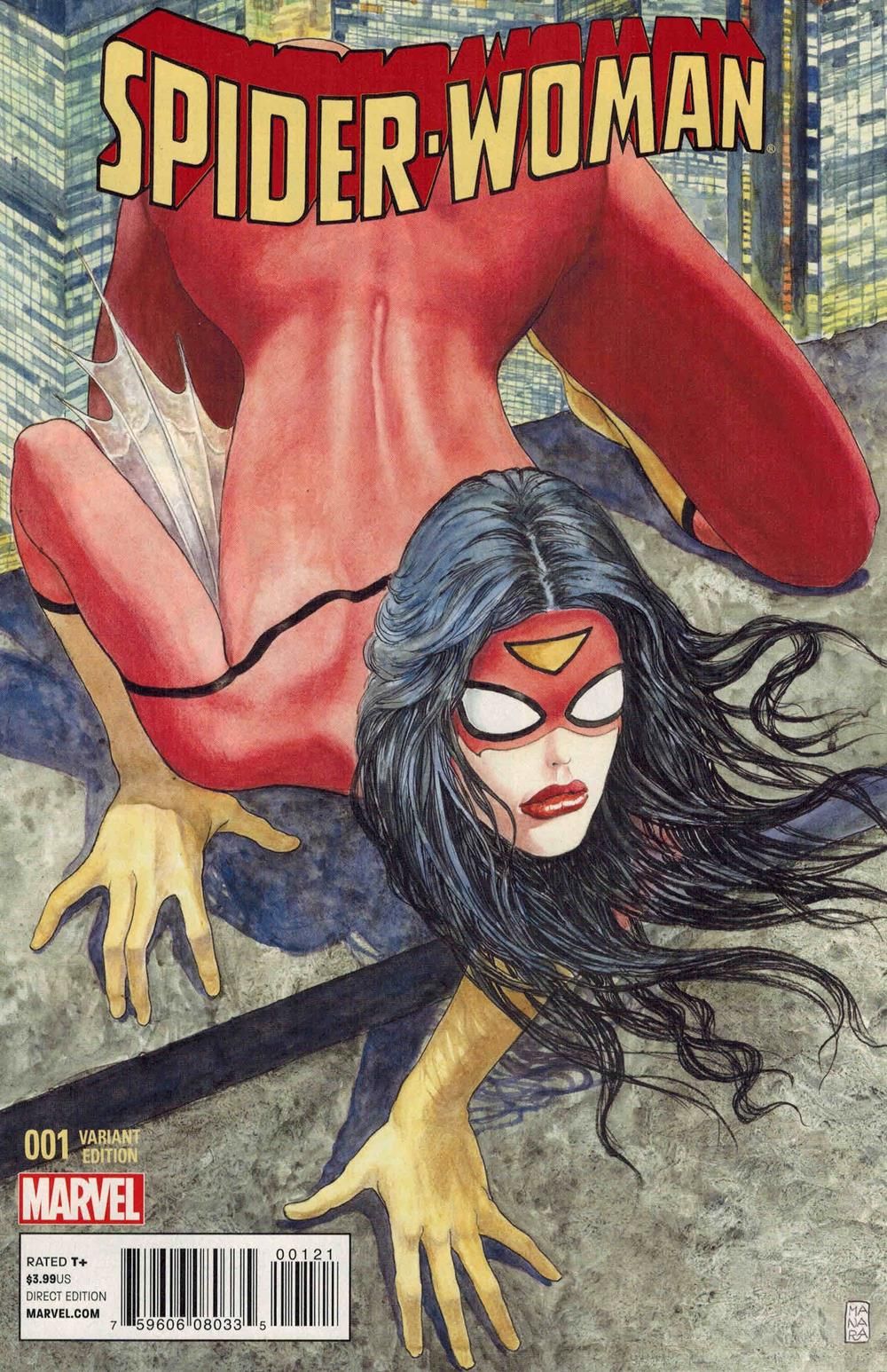Comic books have a long history of writers and artists hiding controversial messages within the pages of the comic books, from Al Milgrom's infamous celebration of Bob Harras being fired in Universe X: Spidey #1 to Ardian Syaf's even more infamous Easter Eggs in X-Men: Gold #1, where he consistently worked in references to a verse in the Qur'an that was at the center of a tumultuous political debate in Syaf's native Indonesia.
However, that's within the comic book. The cover of the comic, on the other hand, has a much higher level of scrutiny attached to it. During the Golden Age and Silver Age, the publishers of National Comics (DC Comics) and Timely Comics (Marvel Comics) would not often interfere with the interiors of the comics but they always had something to say about the covers. When Stan Lee stopped being Editor-in-Chief of Marvel Comics, he rarely had any notable input on the stories themselves but remained an active voice regarding covers on the titles until the end of the 1970s. With covers being released months ahead of the comic books nowadays on the internet, they continue to be met with a lot of attention. With that increased scrutiny, it's much harder for controversial covers to get published but some still sneak by. We will spotlight a few of them here.
15 KA-ZAR #1
One of the most mysterious covers with a hidden message was 1970's Ka-Zar #1, which was an example of Marvel's attempt at the time to expand its publishing schedule with more reprint titles. Back in the early 1970s, there were no reprints and very few specialty shops selling back issues. Thus, reprints were the only way readers could fill themselves in on classic Marvel stories, so a sizable reprint market popped up for Marvel.
On the left hand of the cover, in the grass above Zabu the Sabretooth tiger, is what appears to be an obscenity that ends with "uck." What's mysterious is that wasn't the sort of thing cover artist Marie Severin would ever do, nor would it be in character for inker John Verpoorten. So which Marvel staffer added the curse word is still a mystery.
14 DAREDEVIL #48
While Daredevil will be forever associated with the art of Frank Miller, his run on the series "only" lasted three years (Daredevil #158-190). On the other hand, Gene Colan drew the series for nearly 80 issues between #20-100 (missing only a handful of issues along the way). Colan also returned for a couple of other stints on the series (including filling in before Miller began his run on the title).
In any event, for whatever reason, Colan decided to go for some "cheeky" humor on this cover where he shows Daredevil falling from seemingly between Stilt-Man's legs. If you examined the cover as occurring literally, then it would likely cause Stilt-Man some discomfort if Daredevil actually came out of his body like that. The marquee below shows what kind of pain he might feel.
13 DETECTIVE COMICS #1
One of the first comic book visionaries was Major Malcolm Wheeler-Nicholson, who was slowly launching a line of comic books in the mid 1930s. His first two titles were humor books (New Fun Comics and New Comics), so he decided to try detective stories for his third series. However, he owed so much to the people handling his printing and his distribution that he had to cut them into the business with Detective Comics #1. They ended up pushing him out right before their fourth title launched, Action Comics #1, which featured a superhero character who would go on to some fame (just a little).
Sadly, for such a historic series, its first issue featured a Fu Manchu knock-off called Ching Lung, an example of just how cool people were with outwardly racist depiction of Asian characters back in the 1930s. It's super-disturbing and sadly fairly typical for the era.
12 LOBO'S BACK #2
After the success of the first Lobo series in 1990, DC released a sequel, titled, Lobo's Back, in 1992. Lobo dies in the first issue and is resurrected in the second issue as a woman. The cover for the issue, by Simon Bisley, caused some controversy over what appeared to be a penis drawn on Lobo's arm. Bisley discussed the subject with Wizard in 1994:
"Wizard: So how did that penis get on Lobos arm?
Bisley: Well, this is funny, because it wasn’t a penis. The editor, Dan Raspler, was really worried about it… but it wasn’t a penis, it was just a fold in the elbow, on the back of the arm, and it just happened to look like a penis. That’s funny, isn’t it?
W: Was there a lot of flak over it?
B: No. What’s the big deal about a penis? I mean, we’ve all got them."
11 HEROES FOR HIRE #13
Heroes for Hire was a revamp of the classic concept of heroes getting paid for their work, something that began with the original Heroes for Hire, Power Man and Iron Fist. This version starred Misty Knight, Colleen Wing and Black Cat. They got caught up in the invasion of Earth by the Hulk and a bunch of his alien allies.
This cover, by the acclaimed female artist, Sana Takeda, drew a lot ire for its allusions to infamous concepts from manga history, notably its more "mature" tentacular subgenre, where women are assaulted by, well, tentacles. Joe Quesada defended the cover by explaining, "[N]ot being a deep follower of manga, I have no idea what recurring theme people are referring to or concerned with. While I appreciate the sentiment and the feelings that some may have about this, I honestly feel that there is way too much being read into this cover."
10 WORLD'S FINEST COMICS #7
Looking at the past, it is difficult to reasonably gauge precisely how societal views have changed on certain depictions over the years. At the same time, however, we should also not act like everyone in the past was totally oblivious to certain innuendos that would instantly occur to modern audiences. That, though, leads us to stuff like Jack Burnley's cover to World's Finest Comics #7.
On the one hand, this 1942 cover was obviously meant to appeal to United States patriotism about World War II. On the other hand, how could anyone have missed the phallic implications of how Batman, Robin and Superman are sitting on the cannons? We just have to assume that it somehow avoided everyone's attention, despite how obvious it seemingly appears.
9 ACTION COMICS #58
Let's face it, when it comes to nationalism, society, in general, is more than happy to turn a blind eye to some otherwise disturbing behavior. That was certainly the case during World War II. The United States were at war with Germany and Japan, and propaganda covers were used by essentially every comic book company around.
This Action Comics cover, with its grotesque caricature of Japanese people, is no different than a dozen other covers of the era. Even the phrase "Slap a Jap" was a common term to be used on comic book covers of the era. Obviously, the reason they were allowed to exist is that people tend to accept a whole lot when it is done in the name of propaganda for a "good cause."
8 CATWOMAN #1
When it comes to questionable comic book covers, perhaps the number one editorial decision that can ultimately lead to controversy is when an editor decides to hire a comic book artist best known for erotica to draw a comic book cover. In the case of European erotica artist, Guillem March, the end result were a series of covers for Catwoman that kept pushing the button on what was acceptable to depict on a comic book cover.
For the first issue of the series, March was allowed to draw a very provocative depiction of Catwoman showering herself in diamonds. However, within a year, March would go too far and have his cover for Catwoman #0 re-drawn after he expanded the bounds of human anatomy beyond their breaking point.
7 DOCTOR STRANGE: SORCERER SUPREME #15
Comic book creators have been using celebrities for visual inspiration for their characters since the very beginning of comic books (roughly 80% of every pirate and/or swashbuckler in the early days of comics looked like Errol Flynn, for instance), but it often doesn't get quite as obvious as the time that Jackson Guice effectively copied Amy Grant's face from the cover of Amy Grant's greatest hits album, The Collection, for the cover of Doctor Strange, Sorcerer Supreme #15.
However, even with that in mind, Marvel probably would have been okay if it were not for the fact that Grant claimed that Marvel caused her damage by associating a Christian artist like herself with, well, sorcery. Marvel had to pull the comic from shelves. Marvel Studios missed a great opportunity by not trying to get Grant to do a song for the Doctor Strange soundtrack!
6 GIANT-SIZE MAN-THING #1
As noted earlier, we sometimes like to think of the people of the past as being hopefully naive about things like sexual innuendo, but it rarely is the case in reality. Most jokes about sex have been around for centuries. Therefore, when Marvel's Man-Thing series finally got an over-sized special as part of Marvel's Giant-Size program of the mid-1970s (where, instead of just doing extra-sized annuals, they would do multiple extra-sized specials a year for their main titles), the term "Giant-Size Man-Thing" did not slip by the people of Marvel.
Roy Thomas later recalled, “‘Giant-Size Man-Thing’ later had a decidedly funny ring to it, but not ‘Man-Thing’ in itself.” So people got the joke back in the day, they just didn't care enough to not release the comic book still (there were five Giant-Size Man-Thing issues in total).
5 WORLD'S FINEST COMICS #14
While it is true that the people of the past weren't hopelessly naive when it came to issues of innuendo, it is also fair to note that there has been a dramatic shift in who comic books are directed to over the years and that change has resulted in some of those earlier comic books now looking odd in retrospect.
In the 1940s, a comic like World's Finest Comics (which featured stories starring Batman and Robin, Superman and other heroes) was explicitly pitched at young readers. Hence, after it finished doing propaganda covers in 1944, it began to do covers featuring Batman, Robin and Superman, in effect, "hanging out." Playing sports, playing games, stuff like that. So, in that context, heading down to the ol' watering hole with a bunch of kids in their swimsuits was quite normal.
4 MARVILLE #5
One of the odder Marvel "events" was U-Decide, where Marvel vice president Bill Jemas and writers Ronald Zimmerman and Peter David would each debut a new comic book series (in David's case, a relaunched version of David's Captain Marvel series) and fans would decide which one of the three got to remain as an ongoing series. The "bet" behind the stunt quickly went away, as Zimmerman's Ultimate Adventures became a miniseries and so did Jemas' Marville.
Marville was a parody series that cut a wide path through popular culture, while mostly making fun of DC Comics in a rather bizarre, obscure way. In any event, Greg Horn, famous for his cheesecake covers for Marvel, went way overboard with the cheesecake on this series, with some of the covers, like #6, with Spider-Man's face painted on to a naked woman and #5, just seemed to be drawings of women in varying states of undress.
3 ACTION COMICS #869
An interesting case where applying modern societal standards to the cover likely would have ended up with a different result is a comic book cover that is surprisingly less than a decade old! Action Comics #869 from 2008 was part of a storyline where Superman's adopted father, Jonathan Kent, died of a heart attack while Superman was fighting against the evil Brainiac.
The cover for the issue shows Superman and his father hanging out at the Kent family farm in Smallville. However, it also shows the two grown men sharing am adult beverage together and that proved to be too controversial for DC Comics in 2008, so the publisher issued a recall on the book and had it re-released with an edited cover making it clear that they were actually drinking "Soda Pop."
2 WONDER WOMAN #158
In the 1930s, racist depictions of Asian people were readily acceptable as part of popular culture. In the 1940s, racist caricatures of Asian people were readily acceptable since they were part of propaganda for the United States' involvement in World War II. That explains how those racist comics existed. But what, exactly, is the explanation for Egg Fu debuting in 1965!?
Wonder Woman #158 introduced a new supervillain for the Amazing Amazon to face, and he was a giant Chinest egg named Egg-Fu, who captured Steve Trevor while he was on an espionage mission. A giant talking egg is actually an awesome idea for a villain (in a completely bonkers sort of way), but the racism implicit in the character is just so far overboard that an otherwise cool idea for a villain was ruined.
1 SPIDER-WOMAN #1
The most (in)famous incident of a comic book company hiring a cover artist best known for erotica and then being shocked when he produced an erotica-inspired comic book cover was clearly Milo Manara's cover for Spider-Woman #1. Manara had been drawing erotica in Europe for decades and had begun doing variant covers for Marvel where he continued to draw highly eroticized depictions of Marvel heroes.
His work for the Spider-Woman #1 cover was a bridge too far, however, and Marvel's Tom Brevoort conceded, "I think that the people who are upset about that cover have a point, at least in how the image relates to them... I think a conversation about how women are depicted in comics is relevant at this point, and definitely seems to be bubbling up from the zeitgeist. That too is fine. Nothing gets better unless ideas are communicated."

